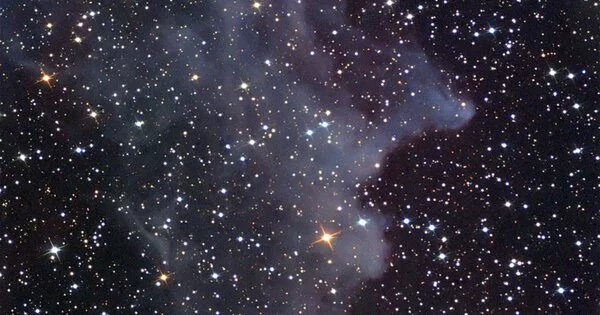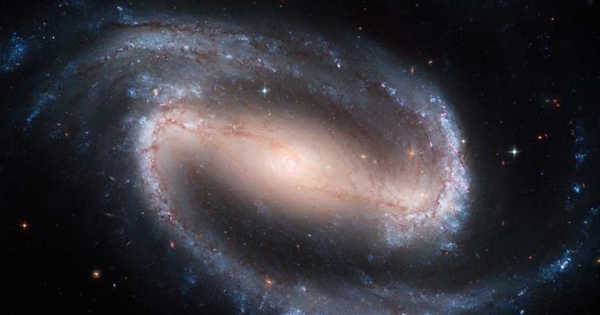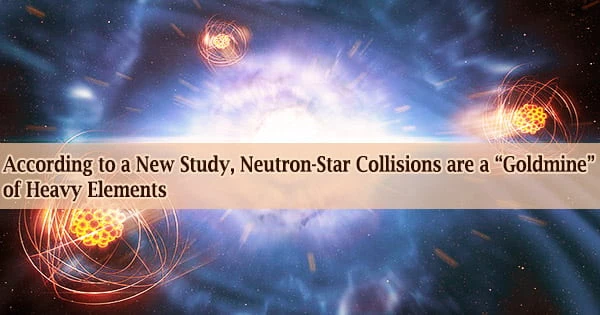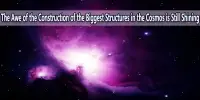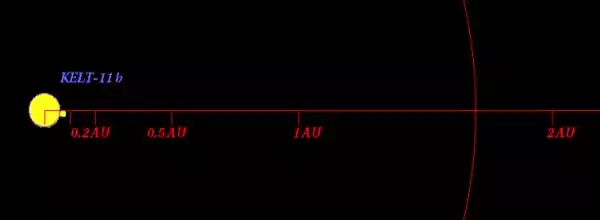IC 2118 (also known as the Witch Head Nebula due to its shape) is an extremely faint reflection nebula in the constellation of Orion that is thought to be an ancient supernova remnant or gas cloud illuminated by nearby supergiant star Rigel.
It’s a reflection nebula in the constellation Eridanus. It gets its name from its distinct shape, which resembles the profile of a witch’s head with a pointed hat. Rigel, a nearby bright star, illuminates the nebula. The nebula is located in the constellation Eridanus, approximately 900 light-years from Earth. The nature of the dust particles, which reflect blue light better than red, contributes to the Witch Head’s blue color.
The Witch Head Nebula is primarily made up of dust and gas, with the dust reflecting Rigel’s light and making it visible to observers on Earth. The nebula’s blue appearance is caused by dust particles scattering blue light. Radio observations show that carbon monoxide emission is widespread throughout IC 2118, indicating the presence of molecular clouds and star formation in the nebula. Deep within the nebula, candidates for pre-main sequence stars and some classic T-Tauri stars have been discovered.
IC 2118 spans about one degree of the sky, which is roughly twice the size of the full moon. It is relatively faint and must be observed under dark skies and under good viewing conditions. Long-exposure astrophotography techniques are frequently used by amateur astronomers to capture its intricate details.
The molecular clouds of IC 2118 are most likely adjacent to the outskirts of the vast Orion-Eridanus bubble, a massive supershell of molecular hydrogen blown by the Orion OB1 association’s high mass stars. The expansion of the supershell into the interstellar medium creates favorable conditions for star formation. IC 2118 is one such location.
The nebula is about 900 light-years away from Earth and is part of the larger Orion Molecular Cloud Complex, which also contains several other notable nebulae, including the famous Orion Nebula (M42). It is a fascinating object for both astronomers and astrophotographers, displaying the beauty and diversity of our universe. The bright reflection nebula’s wind-blown appearance and cometary shape strongly suggest a close relationship with the high mass luminous stars of Orion OB1. The fact that the heads of IC2118’s cometary clouds point northeast towards the association lends credence to that theory.
